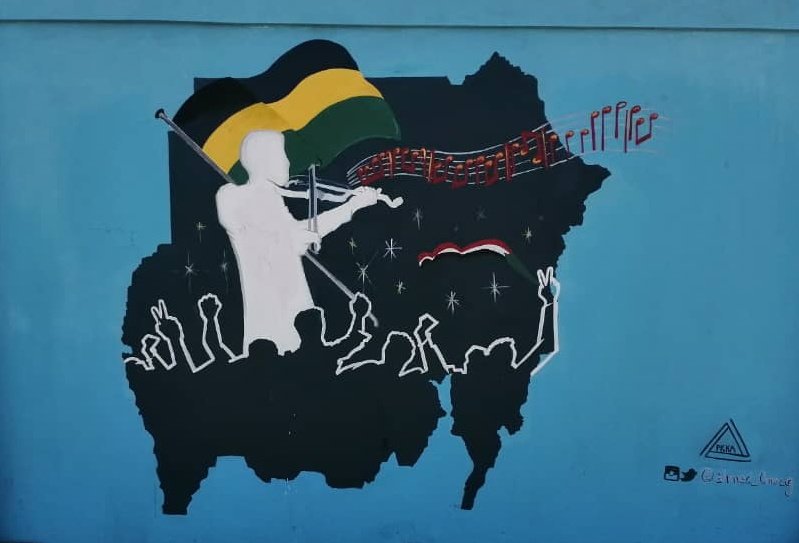In this article, “Art, Violence Conflict, and Displacement” featured in Conflict and Society, Senior Researcher Katarzyna Grabska (Peace Research Institute Oslo, PRIO) and Research Professor Cindy Horst (PRIO) examine how artistic creativity in periods of uncertainty and turbulence related to violent conflict and displacement can lead to individual, communal and societal transformation.
Drawing on a variety of artistic, visual and narrative practices across Afghanistan, Cambodia, Syria, Palestine, Chad, Sri Lanka, and Bosnia and Herzegovina, the article aims to shed light on how film and performance, photography, literature and poetry, life history and storytelling methods can help to understand agency and power hierarchies in displacement.
The authors highlight numerous advantages of art as:
This article forms part of the PRIO project Inspirational Creative Practice: The Work of Artists after War and Violent Conflict (INSPIRE), funded by the Research Council of Norway. Led by Katarzyna Grabska, the project investigates the role of artists and creative practice in and after violent conflict, exploring both what inspires and motivates those engaged in creative practice as well as how artistic expressions inspire and move others into action for social justice. INSPIRE introduces inspiration as a new and important field of ethnographic research through studying the intersections between artists, art and activism during and after war.
